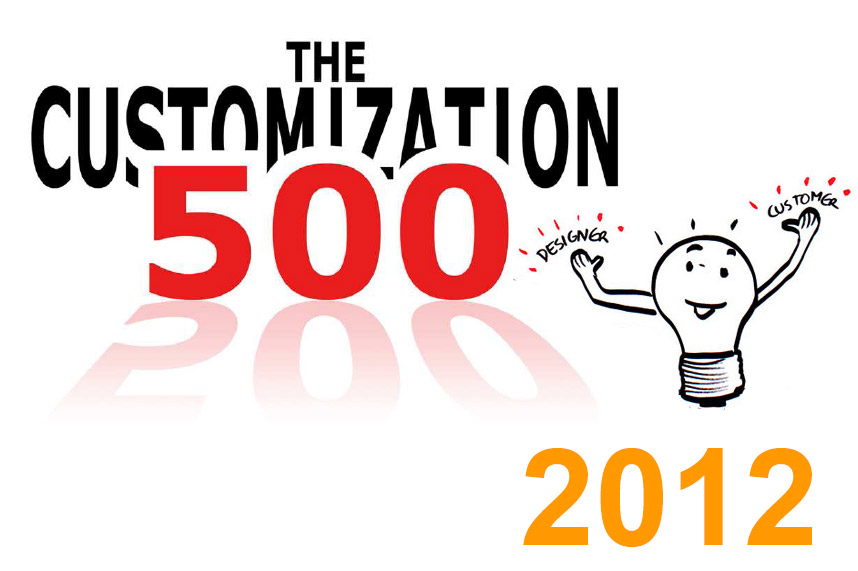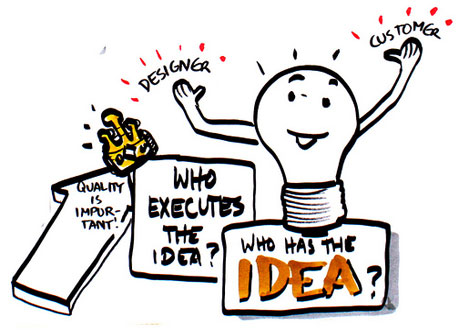FRANK PILLER
 Frank Piller is a chair professor of management and the director of the Technology & Innovation Management Group at RWTH Aachen University. He also is a founding faculty member and the co-director of the MIT Smart Customization Group at the Massachusetts Institute of Technology, USA. Frequently quoted in The New York Times, The Economist, and Business Week, amongst others, Frank is regarded as one of the leading experts on mass customization, personalization, and open innovation. Frank’s recent research focuses on innovation interfaces: How can organizations increase innovation success by designing and managing better interfaces within their organization and with external actors.
Frank Piller is a chair professor of management and the director of the Technology & Innovation Management Group at RWTH Aachen University. He also is a founding faculty member and the co-director of the MIT Smart Customization Group at the Massachusetts Institute of Technology, USA. Frequently quoted in The New York Times, The Economist, and Business Week, amongst others, Frank is regarded as one of the leading experts on mass customization, personalization, and open innovation. Frank’s recent research focuses on innovation interfaces: How can organizations increase innovation success by designing and managing better interfaces within their organization and with external actors.












